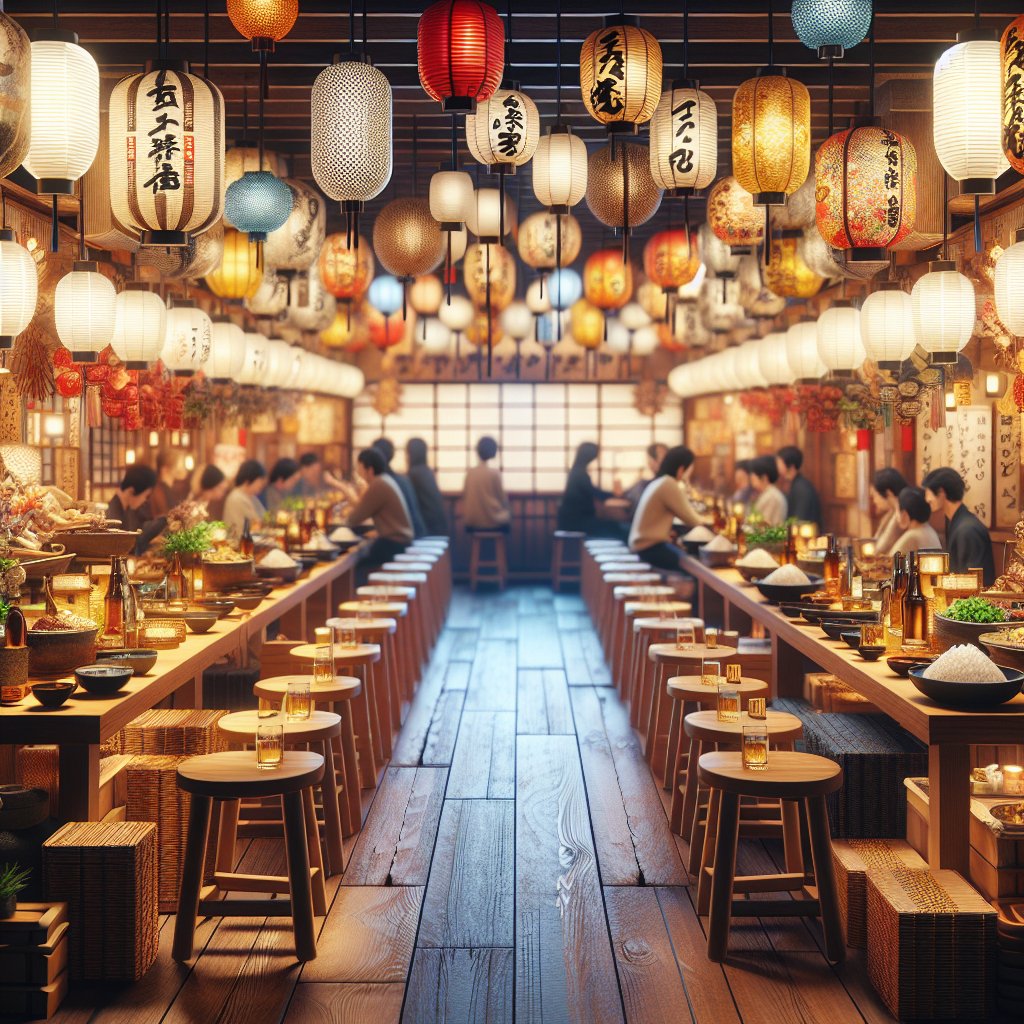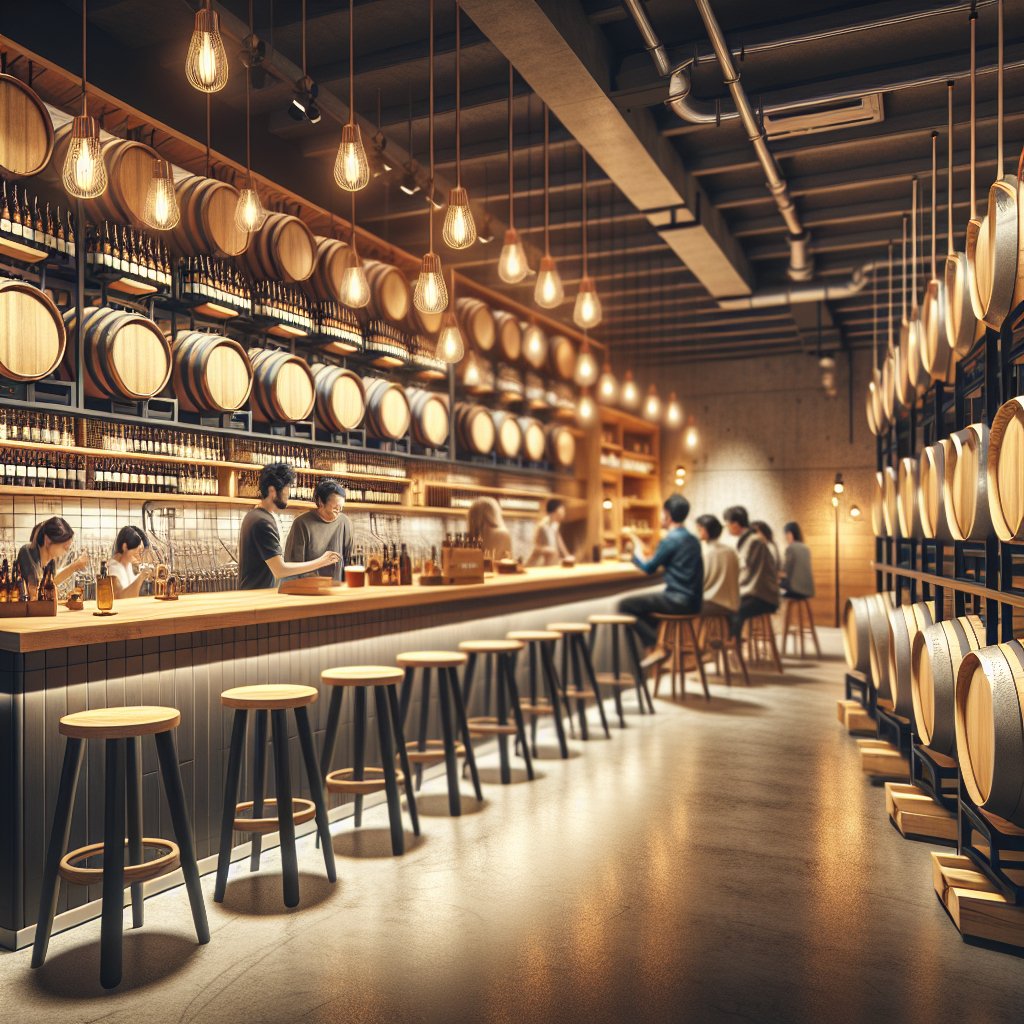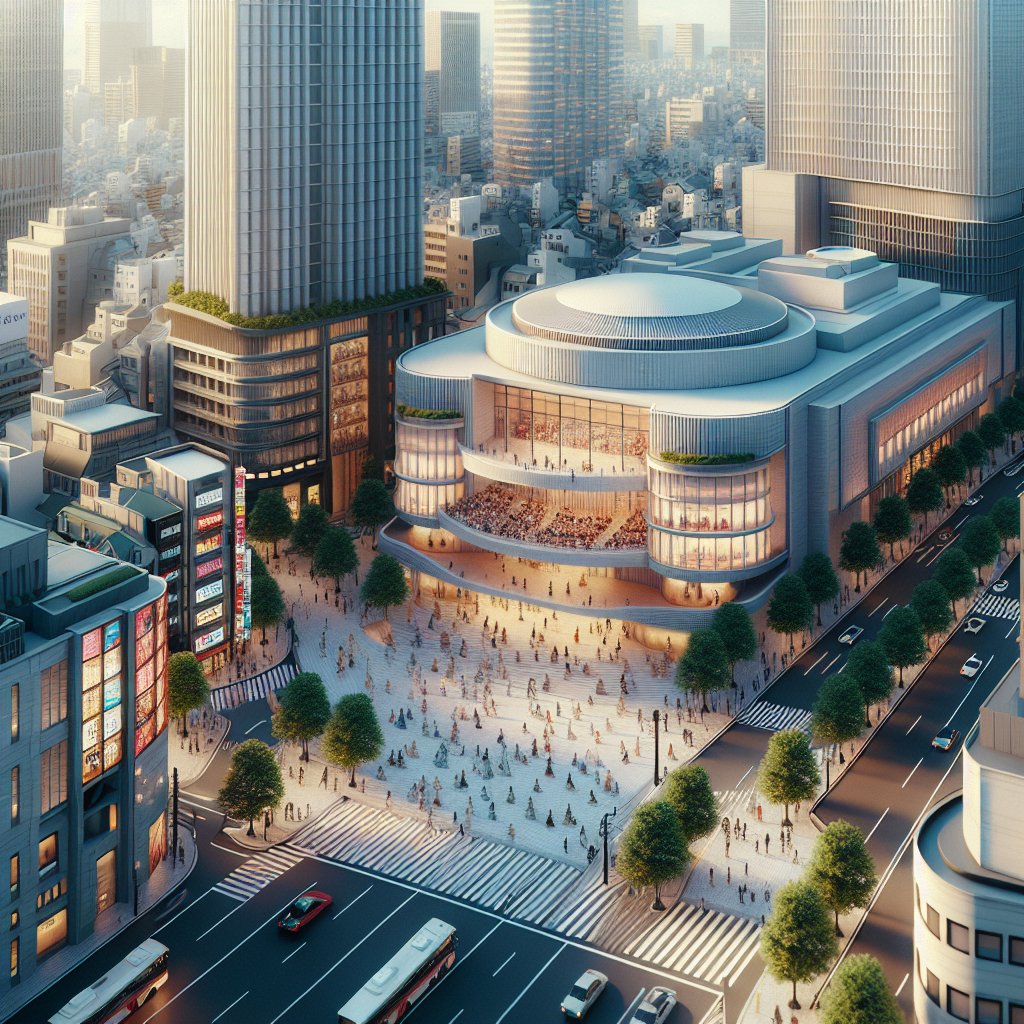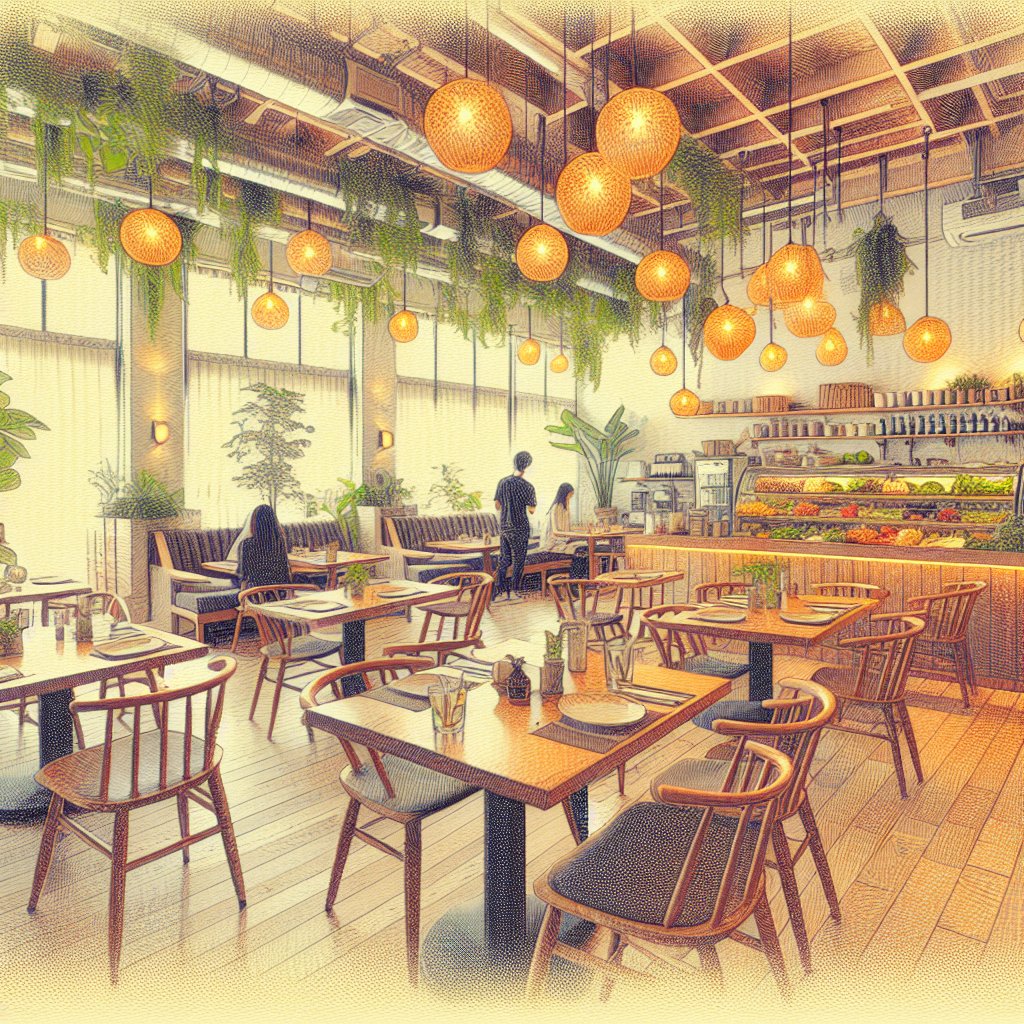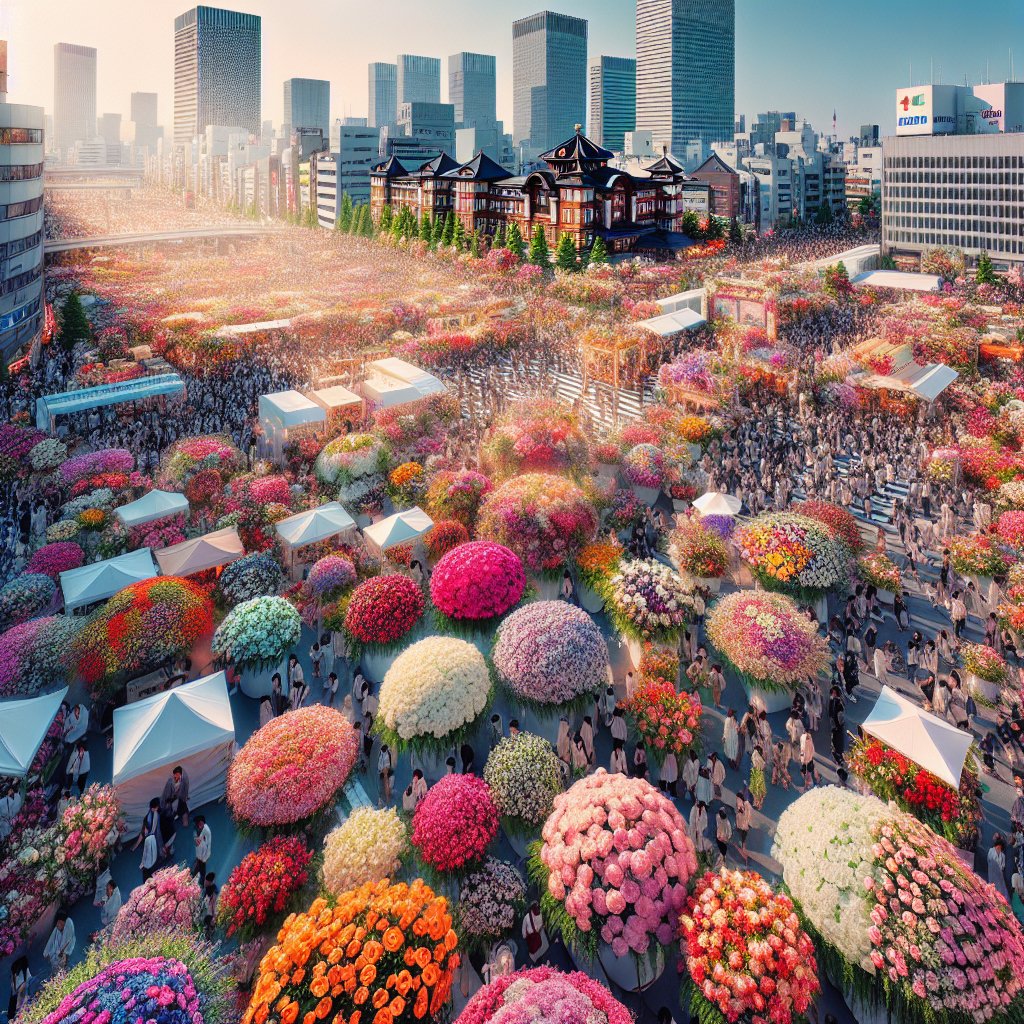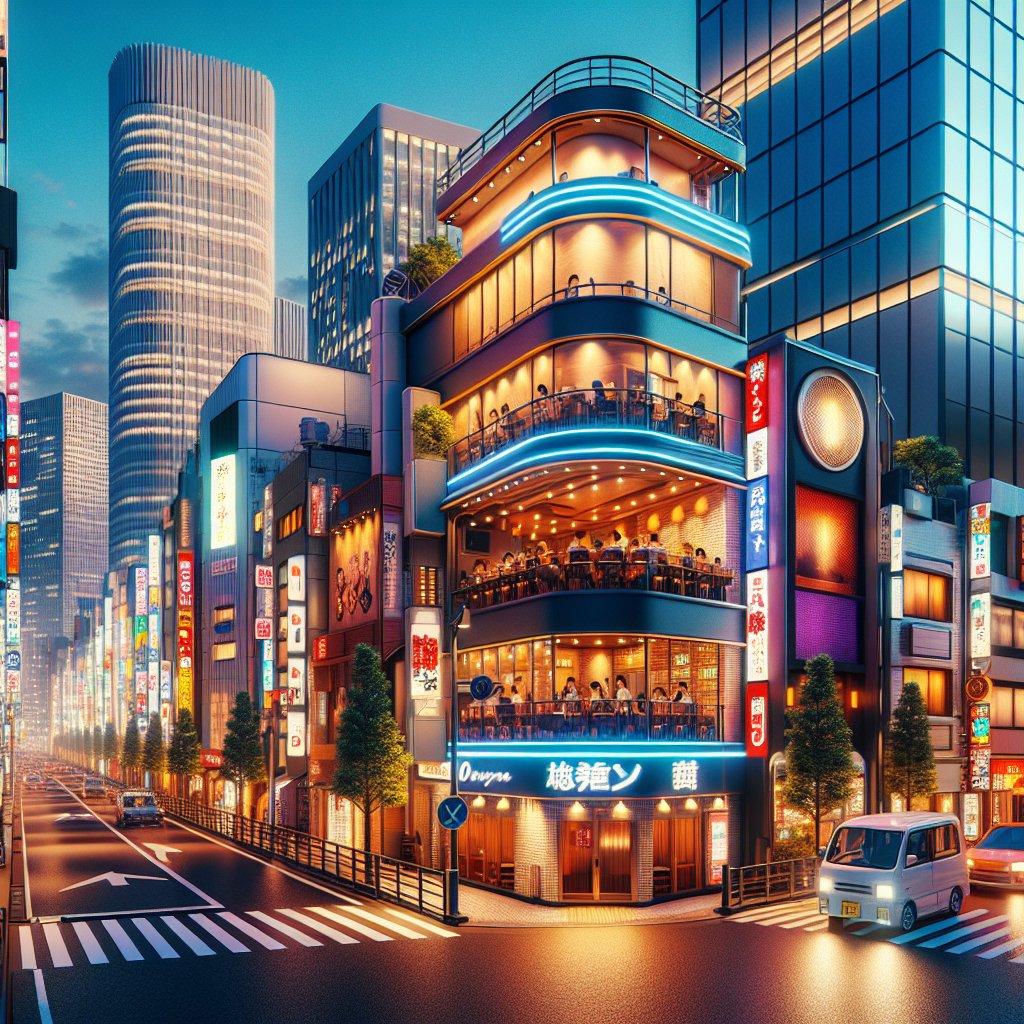Tokyo, the bustling capital of Japan, is renowned for its unique blend of traditional culture and cutting-edge innovation. Among its many fascinating features, capsule hotels stand out as a quintessentially Japanese accommodation experience. These compact, efficient sleeping pods offer a glimpse into the future of urban living, catering to both budget-conscious travelers and those seeking a novel experience. In this guide, we will explore the history, design, and cultural significance of Tokyo’s capsule hotels, as well as provide practical tips for those planning to stay in one.
History and Evolution of Capsule Hotels
The concept of capsule hotels was first introduced in Osaka in 1979 by architect Kisho Kurokawa. The idea was to create an affordable and efficient lodging option for businessmen who missed the last train home. The first capsule hotel, Capsule Inn Osaka, featured rows of small, individual sleeping pods stacked on top of each other, providing just enough space for a person to sleep comfortably. This innovative design quickly gained popularity, and capsule hotels began to spread across Japan, with Tokyo becoming a hub for this unique accommodation style.
Over the years, capsule hotels have evolved to cater to a broader audience, including tourists and women, who were initially excluded from these male-dominated spaces. Modern capsule hotels in Tokyo now offer a range of amenities, from high-speed Wi-Fi and entertainment systems to communal lounges and spa facilities. Some even boast luxurious interiors and themed designs, appealing to travelers seeking a unique and memorable stay.
Design and Features of Capsule Hotels
The design of capsule hotels is centered around maximizing space efficiency while providing essential comforts. Each capsule is typically a small, enclosed unit measuring about 1.2 meters wide, 2 meters long, and 1 meter high. Despite their compact size, capsules are equipped with a comfortable mattress, bedding, and often a small television or entertainment system. The interiors are designed to be cozy and functional, with soft lighting and ventilation to ensure a pleasant sleeping environment.
Capsule hotels often feature shared facilities, including bathrooms, showers, and lounges. These communal areas are usually well-maintained and equipped with modern amenities, such as toiletries, hairdryers, and laundry services. Some capsule hotels also offer additional perks, such as saunas, massage chairs, and vending machines stocked with snacks and drinks.
Security and privacy are important considerations in capsule hotels. Guests are typically provided with a locker to store their belongings, and the capsules themselves can be closed with a curtain or door for privacy. Many capsule hotels also have separate floors or sections for men and women, ensuring a comfortable and safe environment for all guests.
Cultural Significance and Popularity
Capsule hotels have become an iconic symbol of Japan’s innovative approach to urban living. They reflect the country’s ability to adapt to the challenges of limited space and high population density, offering a practical solution for short-term accommodation. The popularity of capsule hotels has also been fueled by Japan’s culture of efficiency and minimalism, which values functionality and simplicity over excess.
In recent years, capsule hotels have gained international attention, attracting tourists from around the world who are eager to experience this uniquely Japanese phenomenon. The rise of social media and travel blogs has further contributed to their popularity, with many travelers sharing their experiences and recommending capsule hotels as a must-try accommodation option in Tokyo.
Tips for Staying in a Capsule Hotel
For those planning to stay in a capsule hotel in Tokyo, there are a few tips to ensure a comfortable and enjoyable experience. First, it’s important to research and choose a capsule hotel that suits your preferences and budget. Some hotels offer basic amenities at a lower cost, while others provide more luxurious options with additional features.
When packing for your stay, keep in mind that space is limited, so it’s best to bring only essential items. Most capsule hotels provide basic toiletries and pajamas, so you can pack light. It’s also a good idea to bring earplugs and an eye mask, as the capsules may not be completely soundproof or dark.
Finally, be respectful of other guests by keeping noise to a minimum and following the hotel’s rules and etiquette. Capsule hotels are designed for short stays, so check-in and check-out times are usually strict. By being considerate and mindful of your surroundings, you can enjoy a unique and memorable experience in one of Tokyo’s capsule hotels.
Conclusion
Tokyo’s capsule hotels offer a fascinating glimpse into the future of urban accommodation, combining efficiency, innovation, and cultural significance. Whether you’re a budget traveler, a curious tourist, or simply seeking a novel experience, staying in a capsule hotel is a unique way to immerse yourself in the vibrant city of Tokyo. With their evolving designs and growing popularity, capsule hotels continue to capture the imagination of travelers from around the world, making them an essential part of any visit to Japan’s bustling capital.



